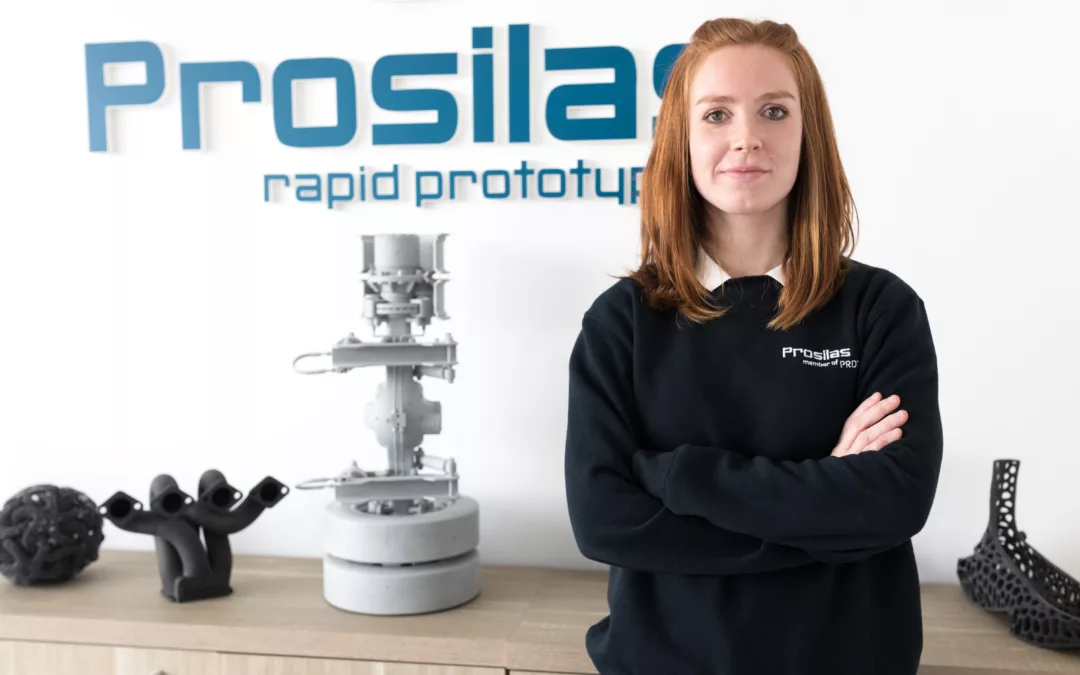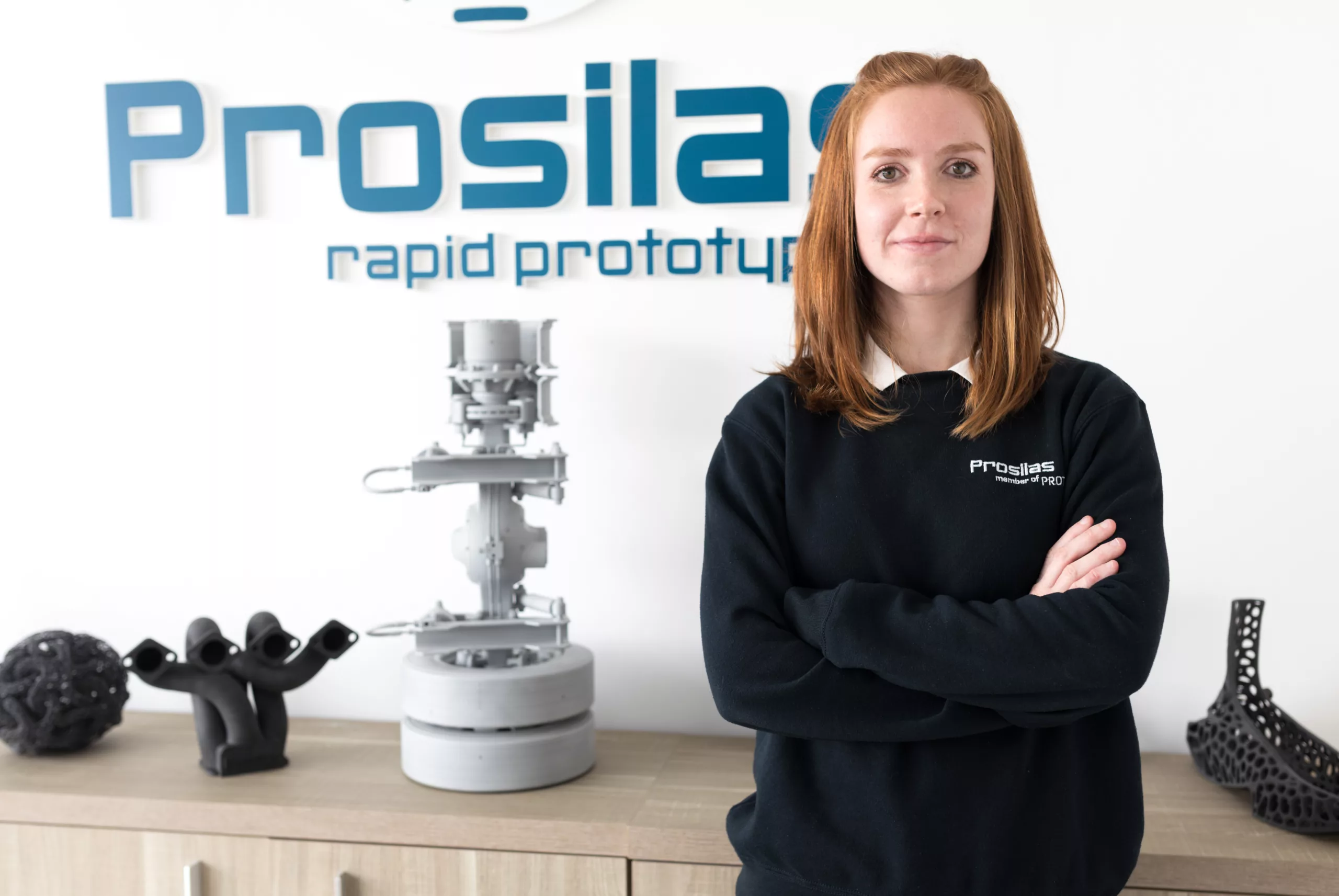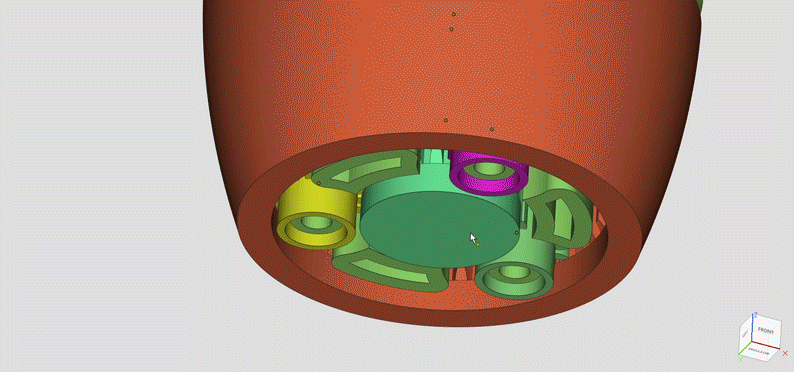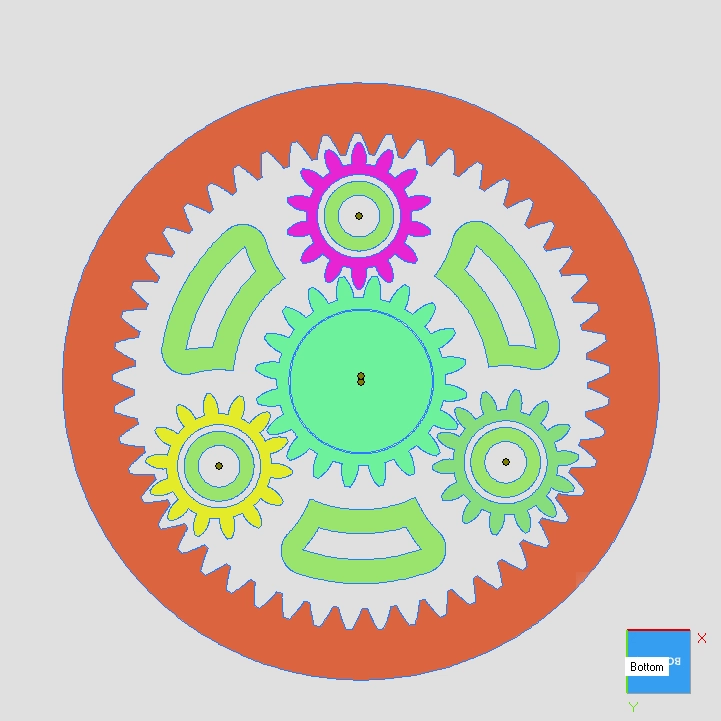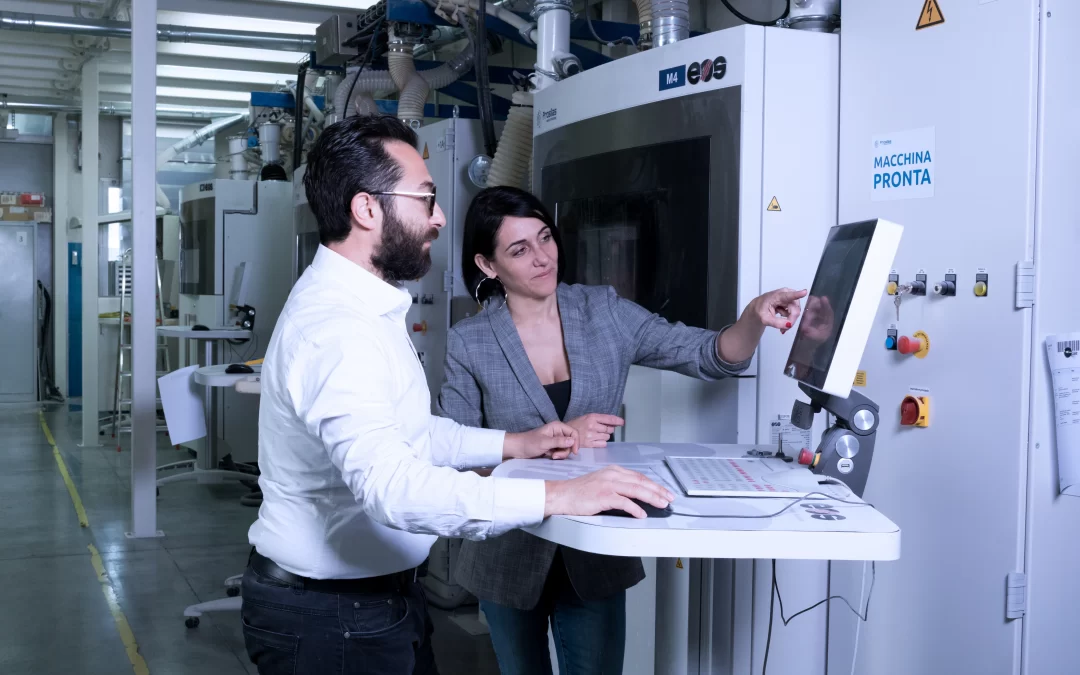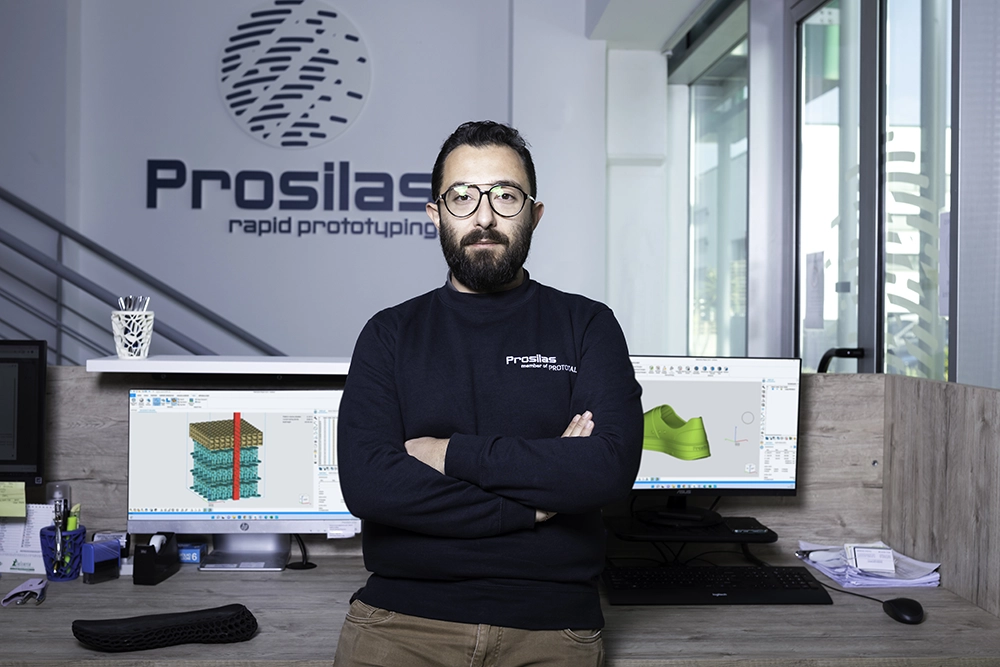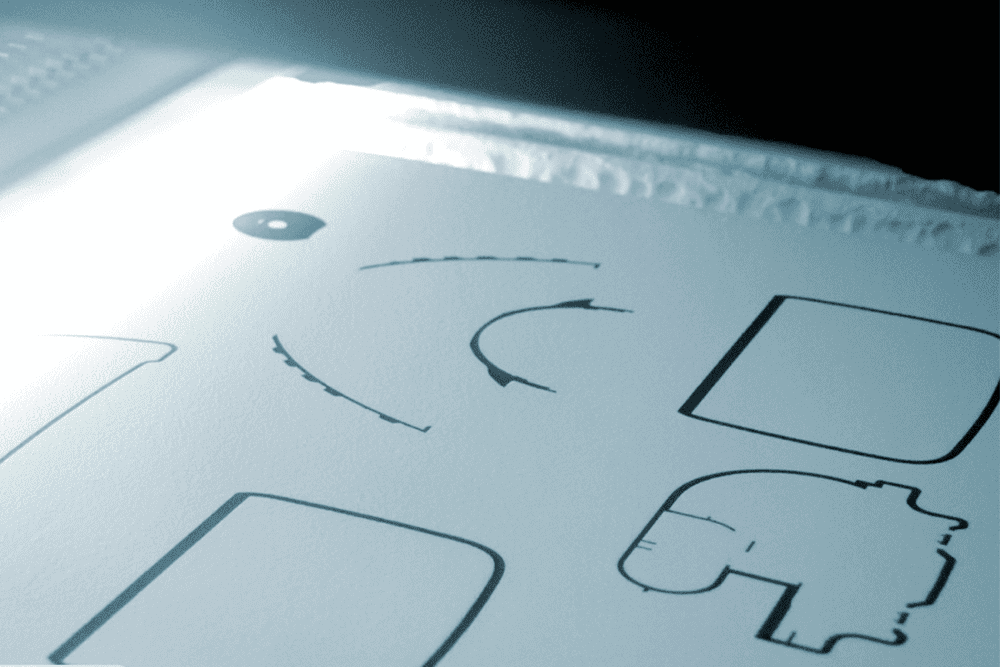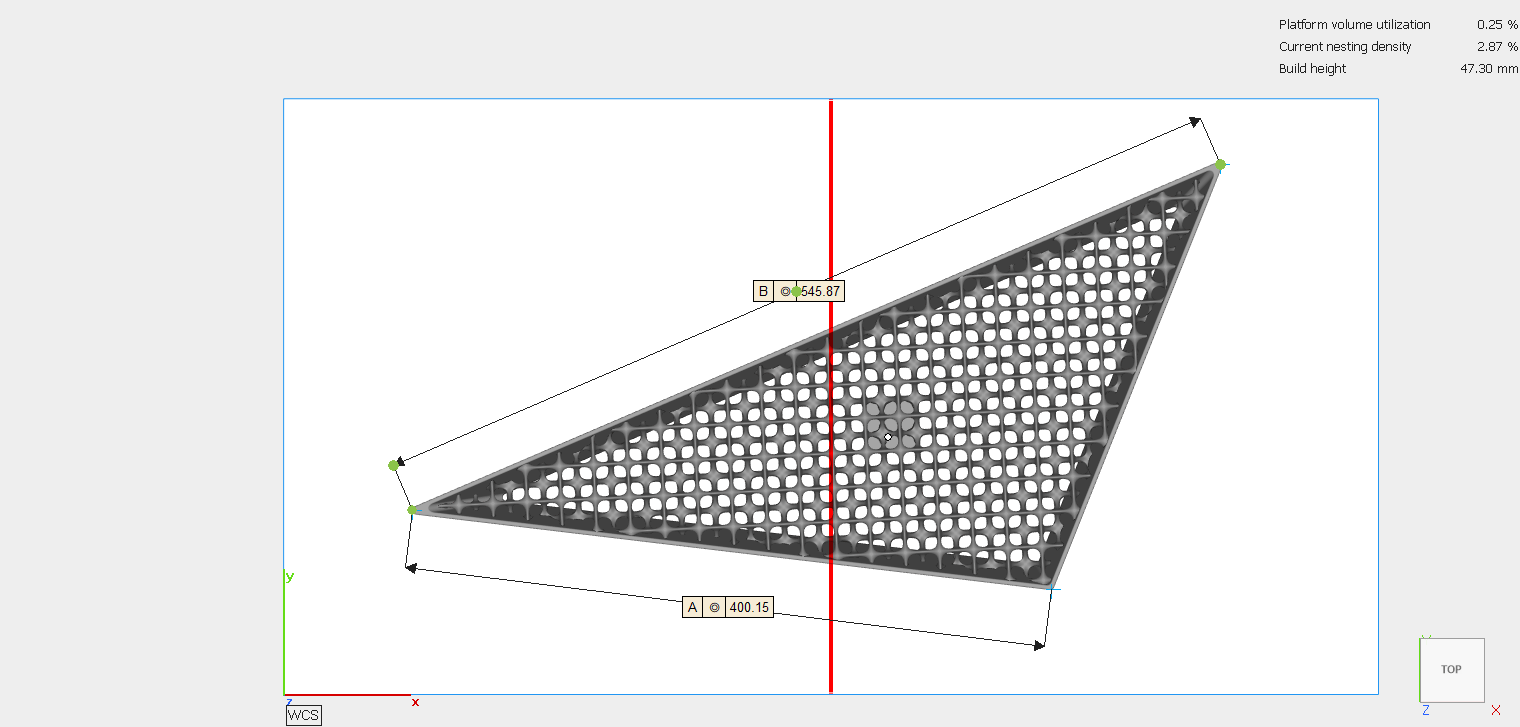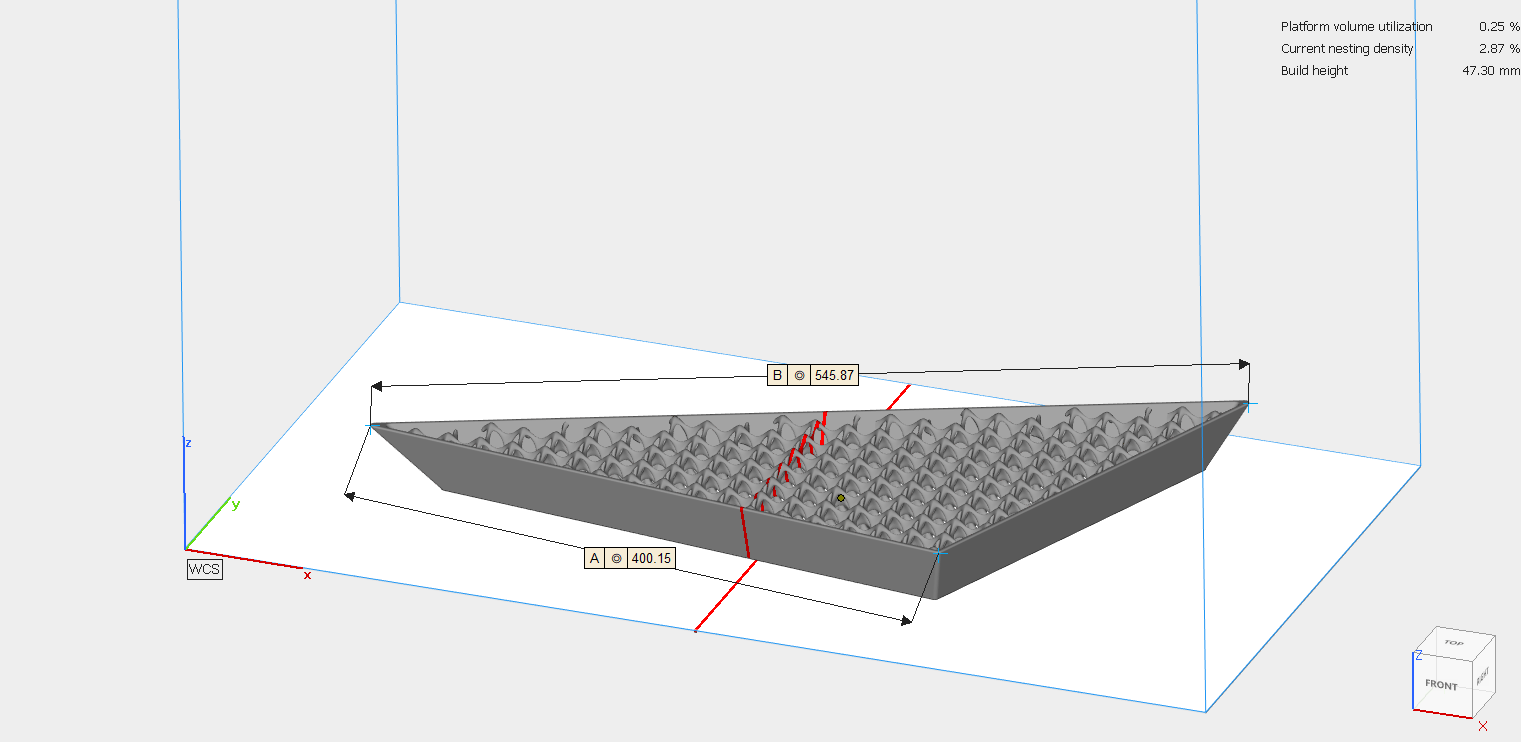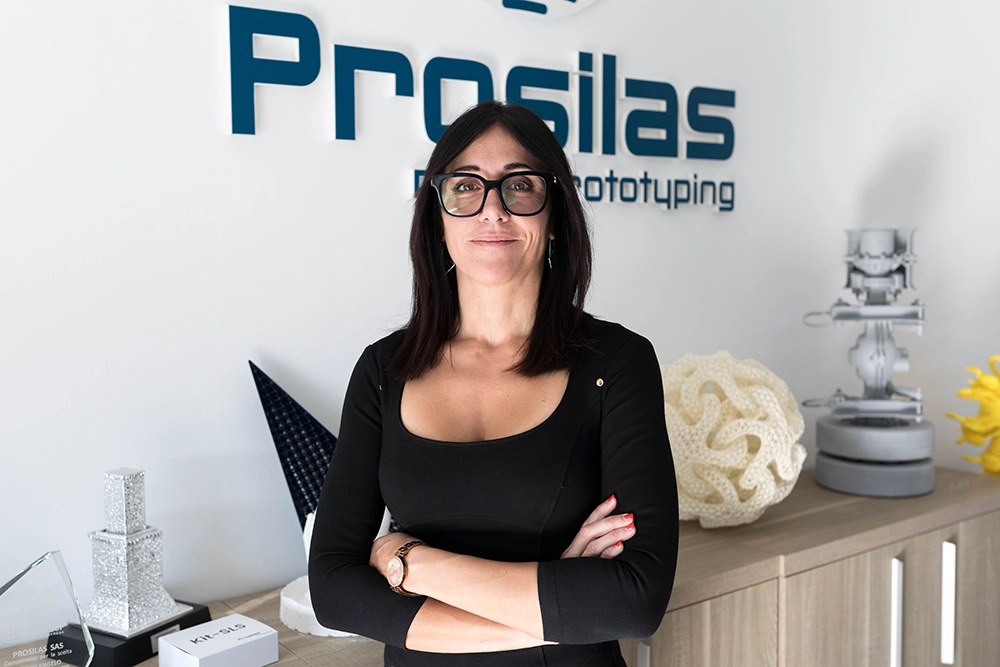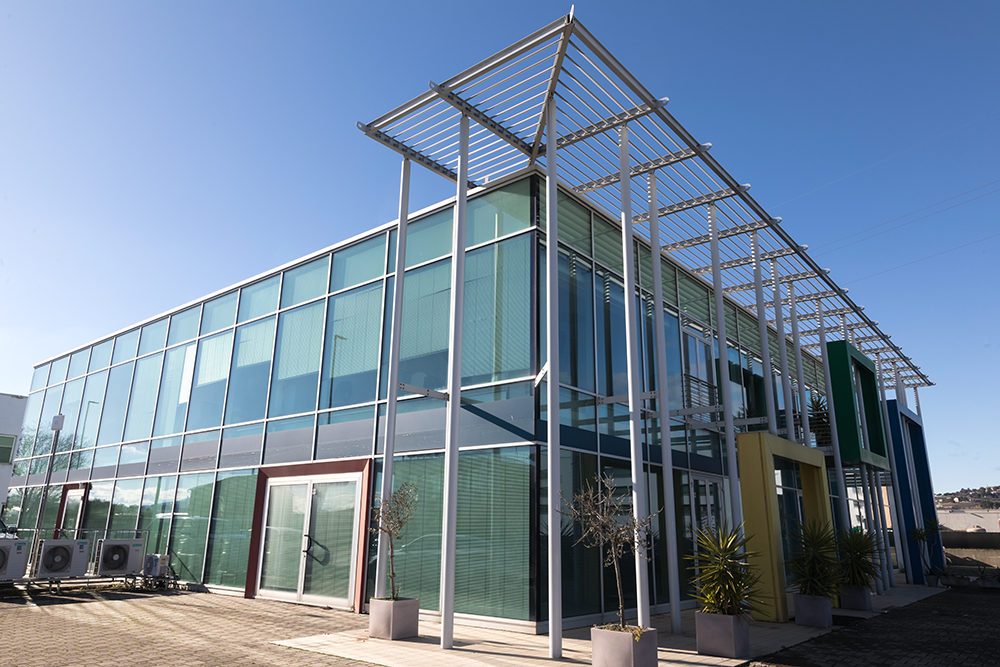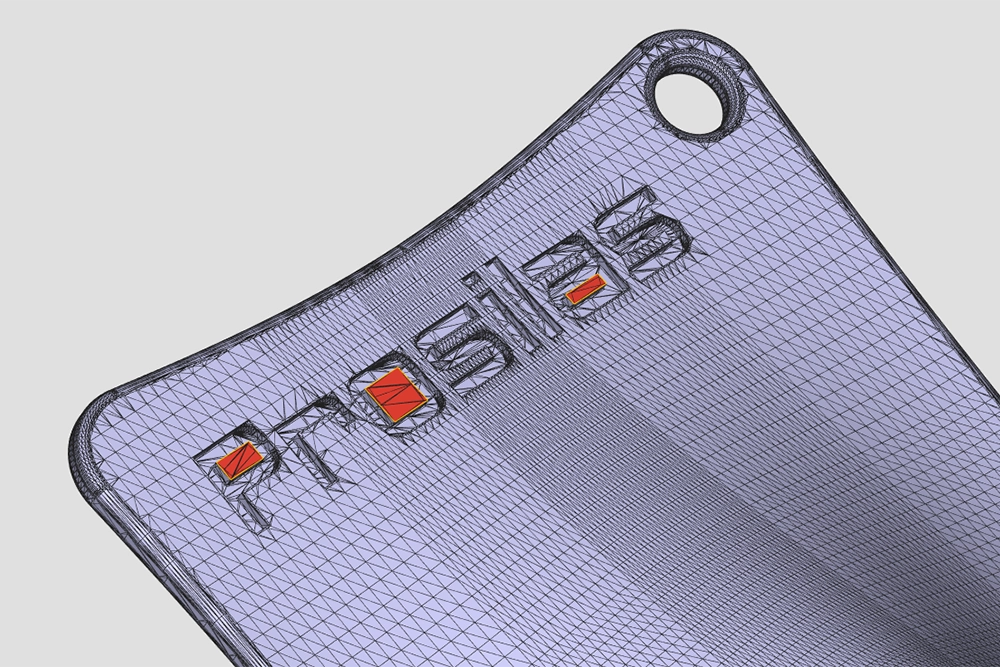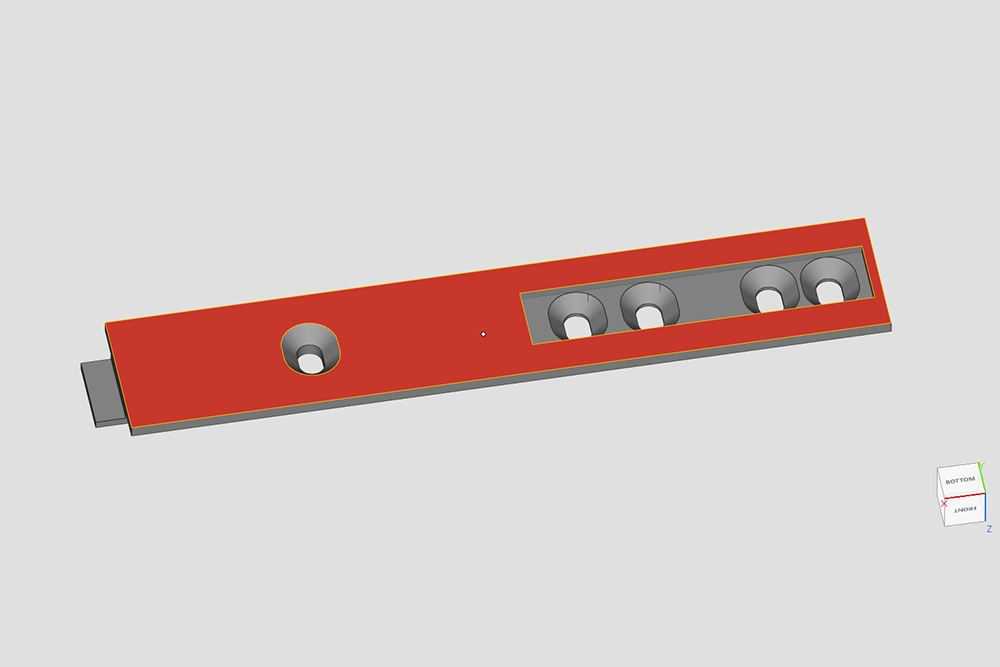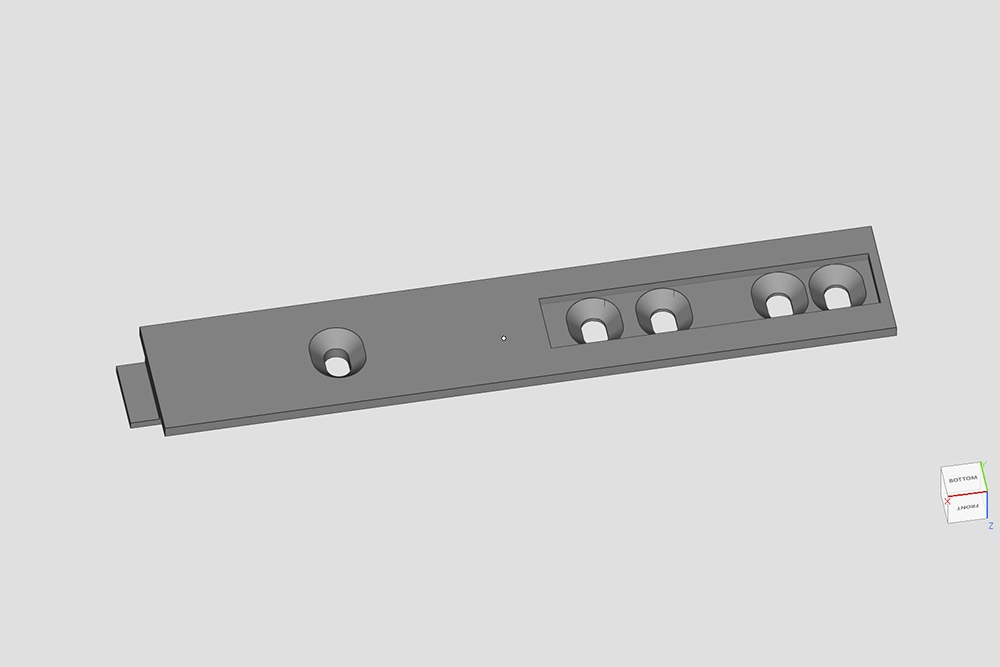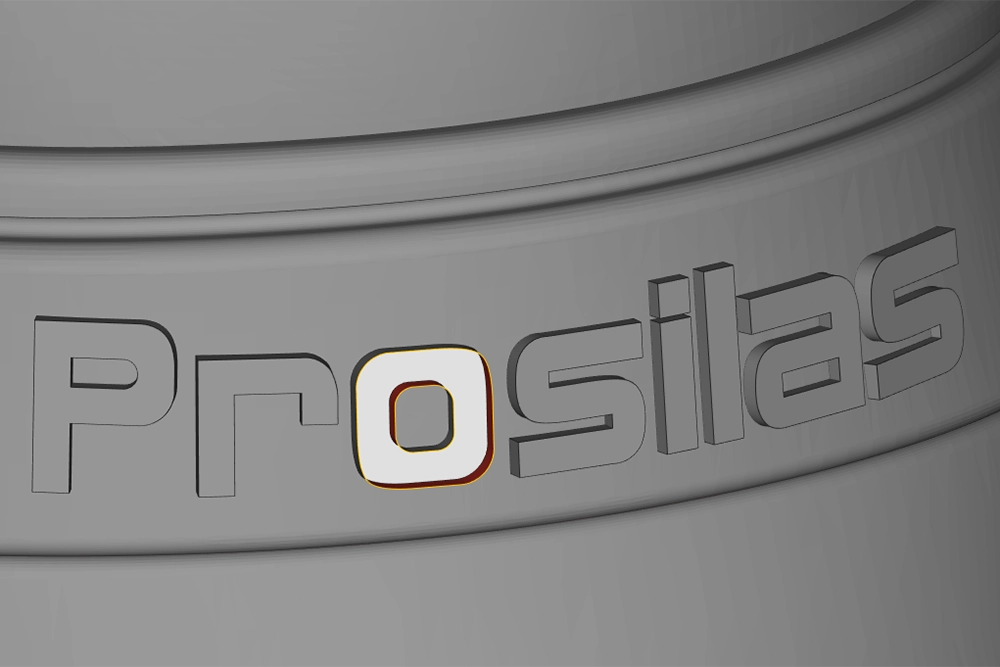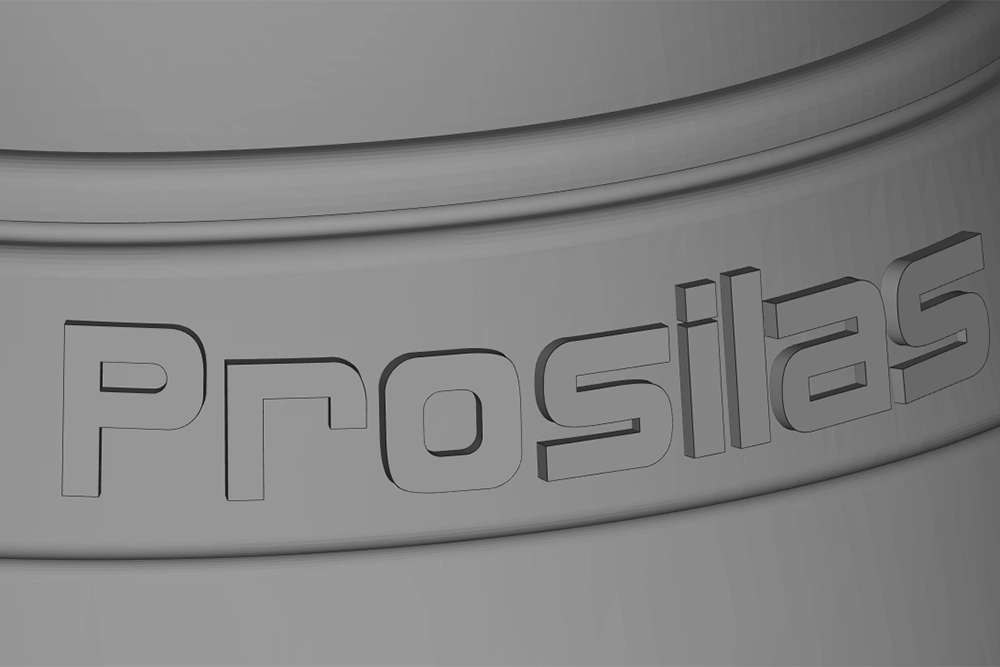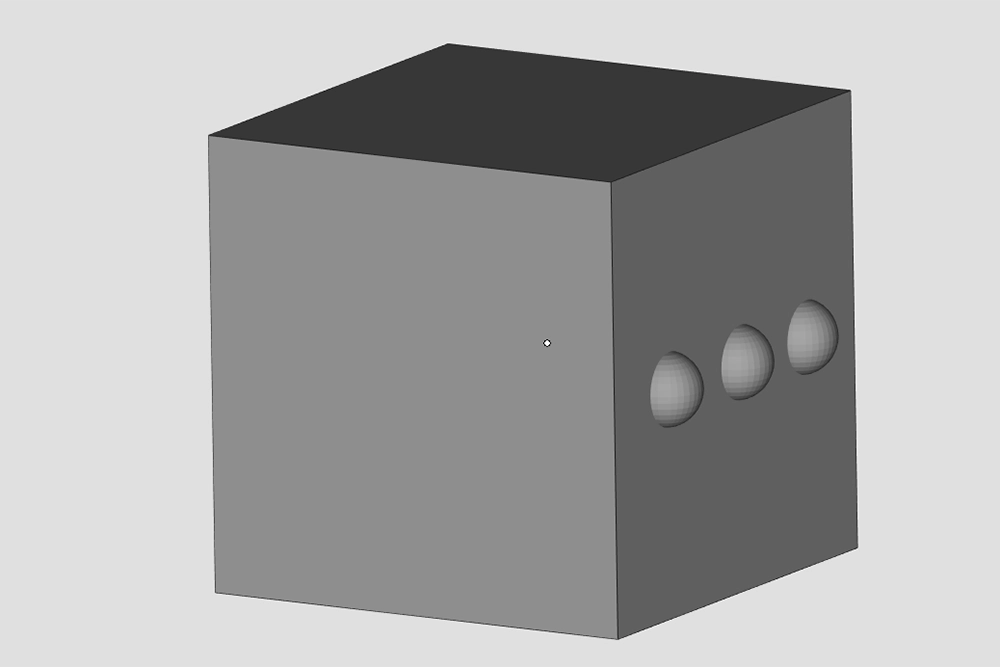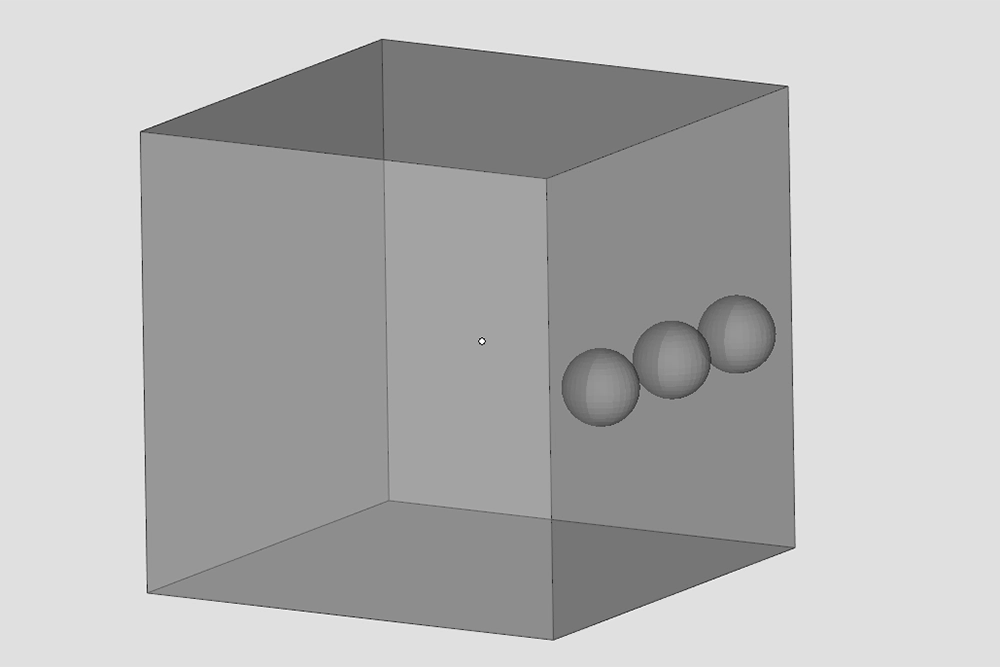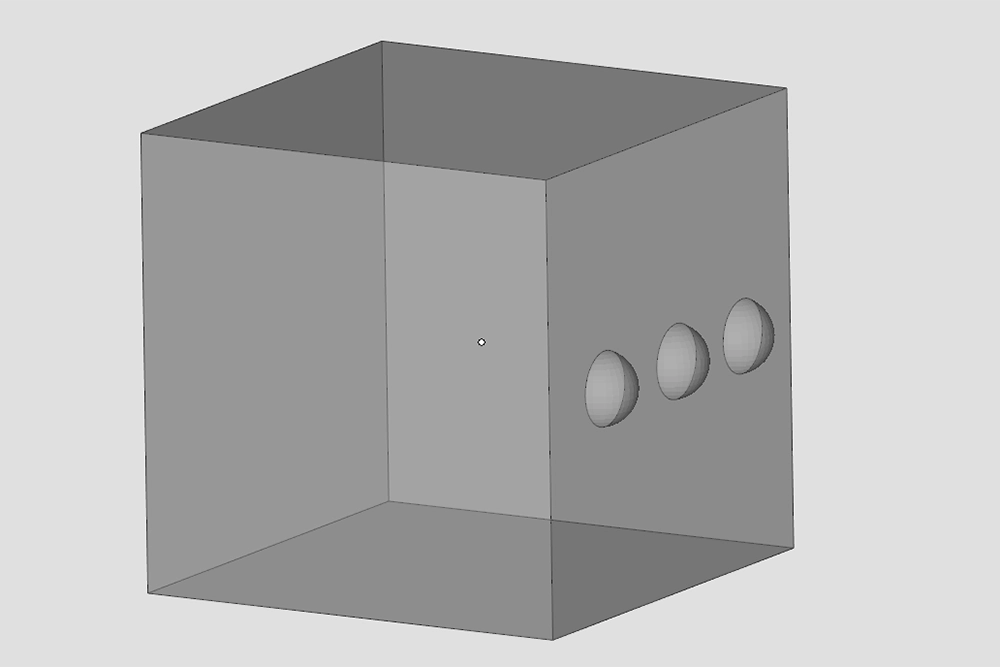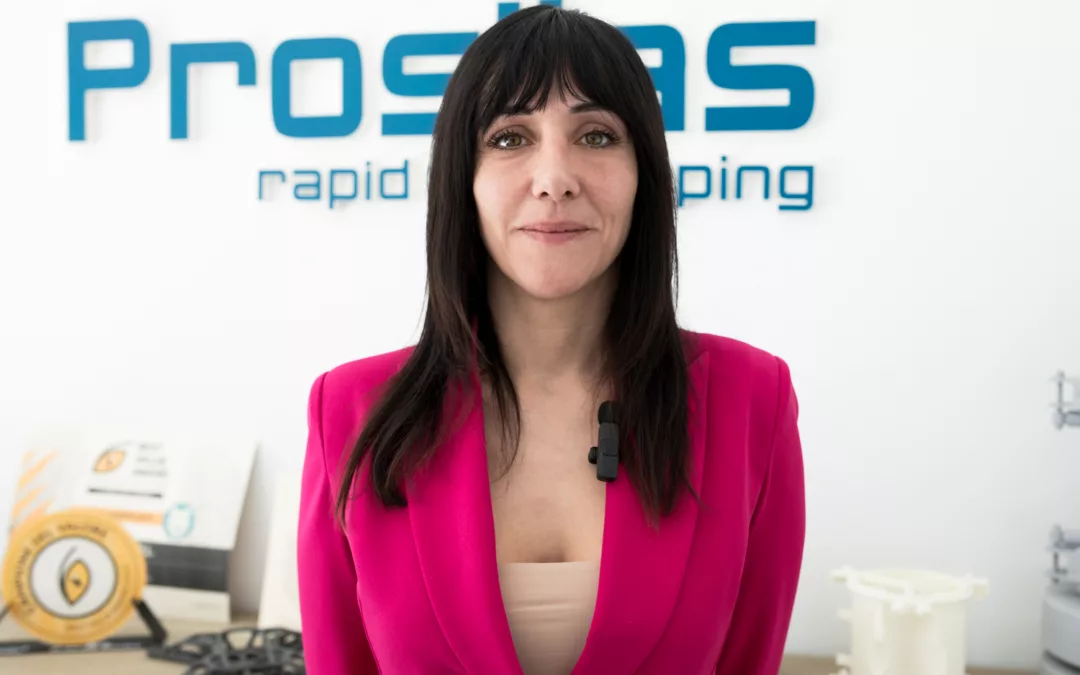
How 3D printing is beneficial to the medical sector.
3D Printing in the Medical Sector: Innovation and Life-Saving Applications
In recent years, 3D printing has revolutionized the medical sector, providing customized solutions and contributing to improved clinical outcomes for patients.
This innovation has paved the way for a range of life-saving applications that address critical medical challenges, radically transforming the production of devices and prosthetics.
Customized Prosthetics for Maxillofacial Surgery
An emblematic example of life-saving use of 3D printing is found in maxillofacial surgery. In this field, the technology allows for the creation of titanium prosthetics perfectly tailored to the individual needs of the patient.
These prosthetics, used in complex procedures, restore the patient’s facial structure, giving them new confidence and improving their quality of life even after highly impactful surgeries.
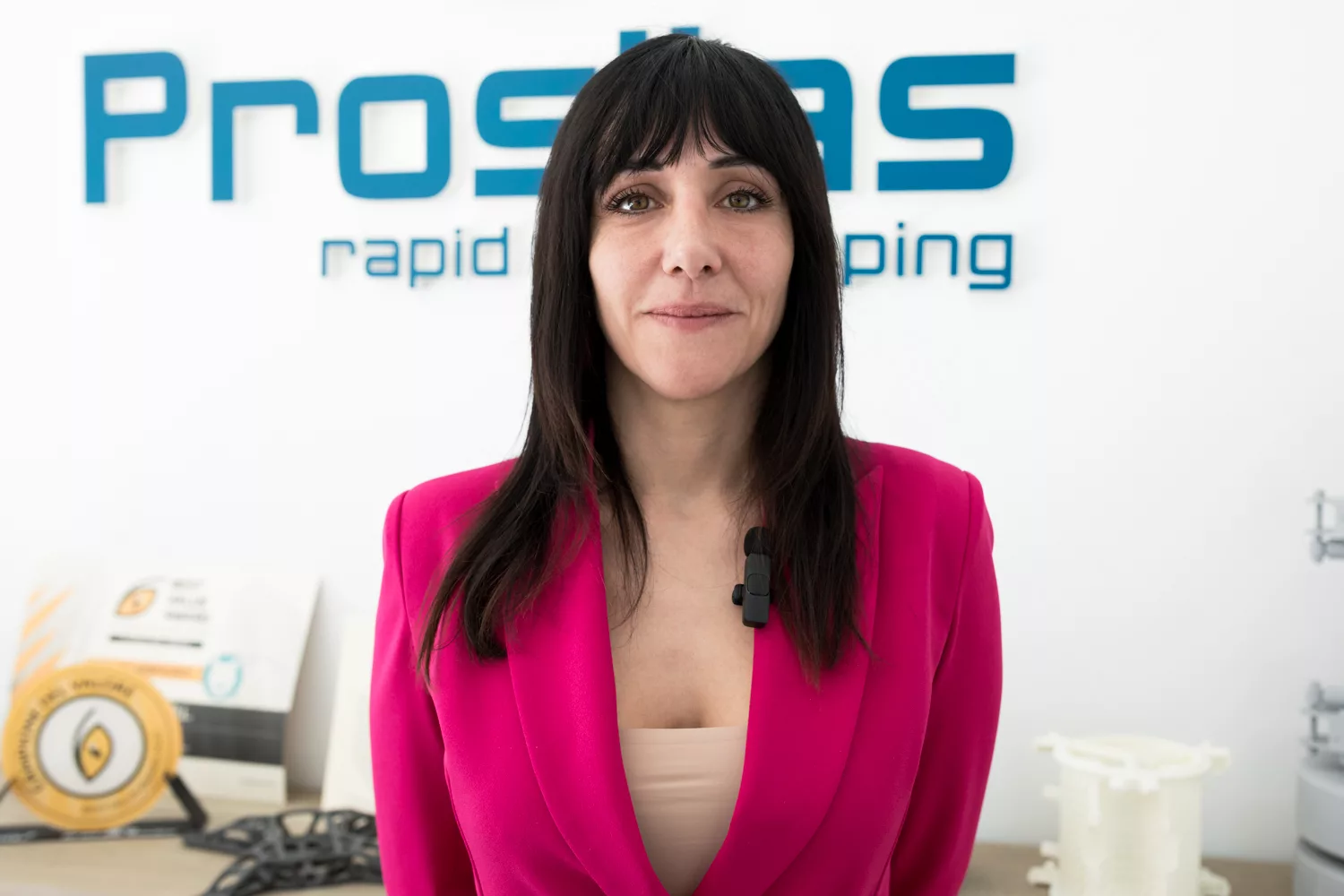
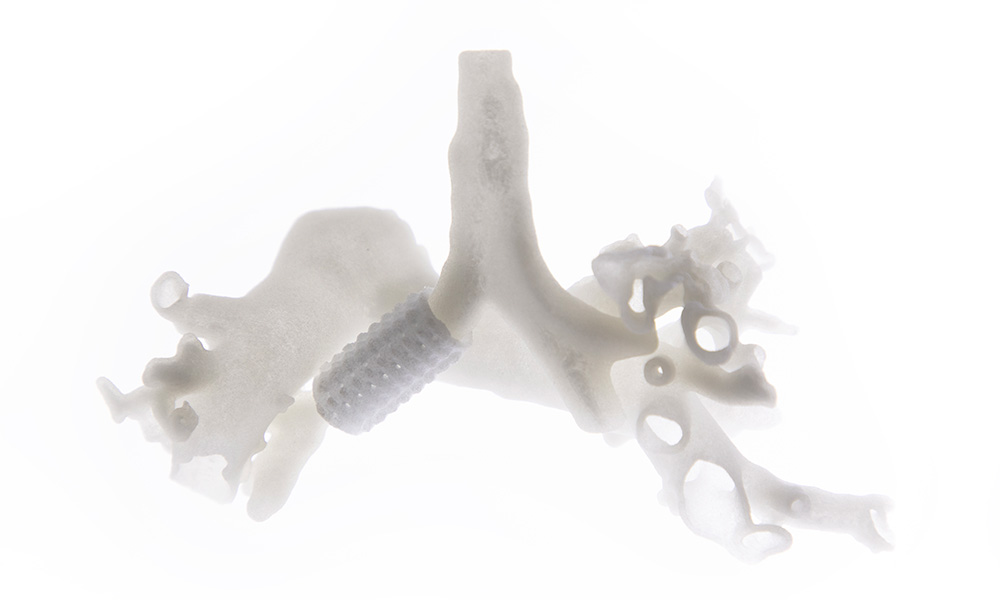
Polymeric Materials for Life-Saving Applications
In addition to metals, 3D printing successfully utilizes polymeric materials.
An example is the 3D bronchial stent made of polycaprolactone, developed by our team in collaboration with Bambino Gesù Hospital in Rome and currently undergoing certification.
This technology has found application in the healthcare sector, enabling the production of customized, high-quality medical devices in small batches.
This makes otherwise expensive or complex solutions accessible, improving efficiency and reducing production times.
3D Printing in Healthcare: Innovation and Accessibility
Thanks to the optimized design made possible by 3D printing, lighter and more efficient solutions are achieved, helping to reduce costs and improve the overall quality of medical devices.
This is particularly evident in orthopedic surgical procedures, where 3D printing enables the production of customized prosthetics and surgical guides.
These tailored solutions reduce surgical times and improve outcomes for patients, increasing precision and reducing the risk of complications.
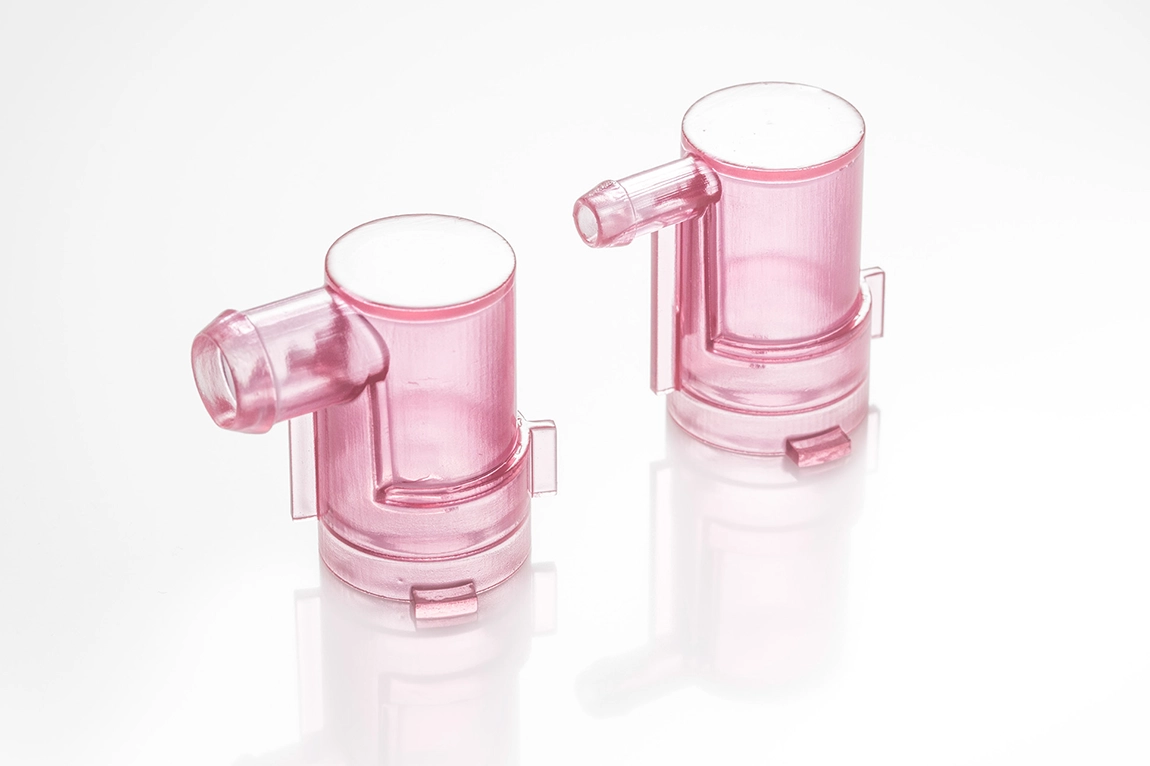
Photo courtesy of Prototal Damvig
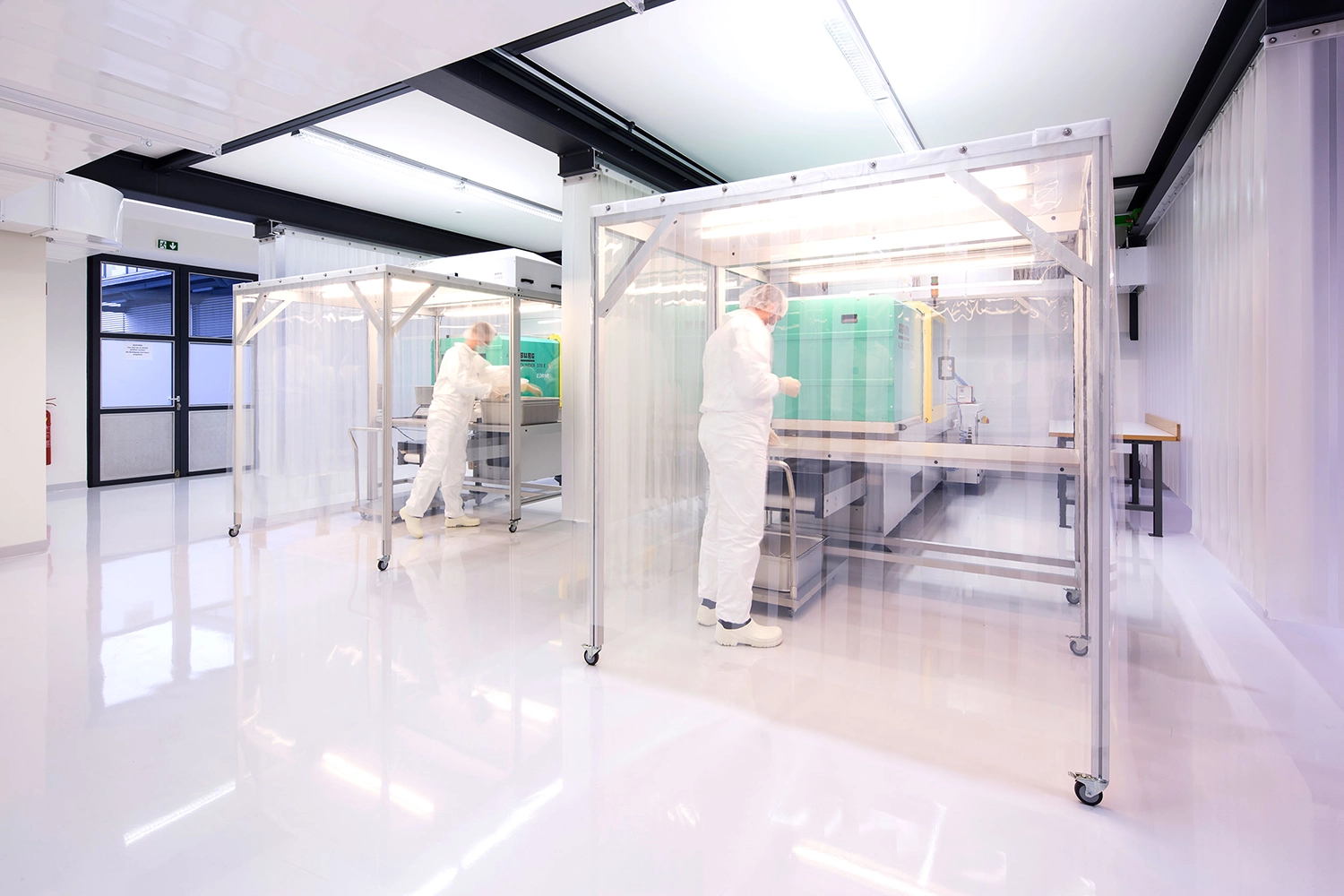
Photo courtesy of 1zu1
Advanced Support for Customized Medical Solutions
Prototal Group, with its centers of excellence (cleanrooms) and specific certifications for medical device production, is committed to supporting companies in need of advanced solutions.
By collaborating with industry experts and adopting the latest technologies, we are able to provide personalized and high-quality solutions to meet the needs of our clients in the medical sector.
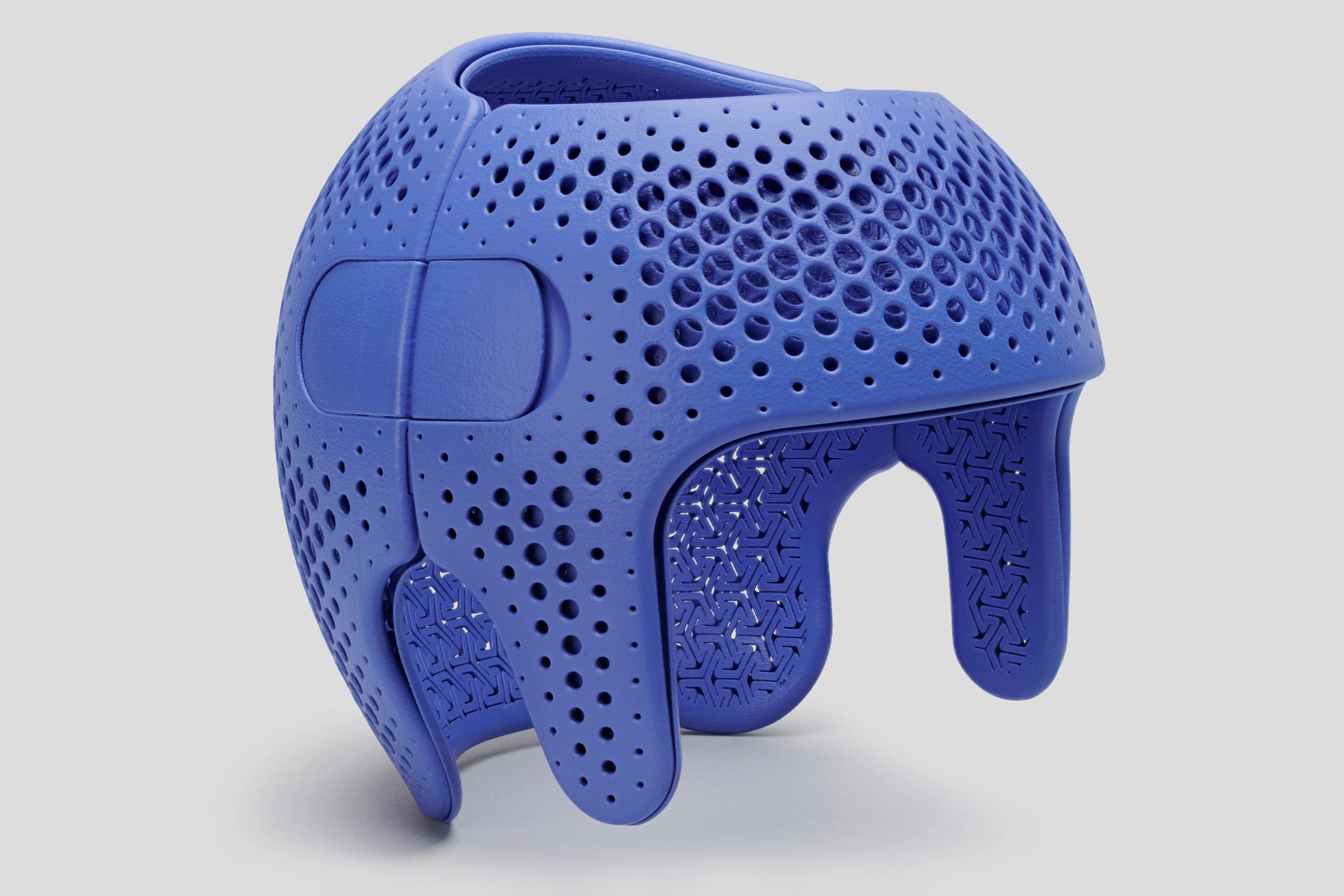
Photo courtesy of Prototal Sweden
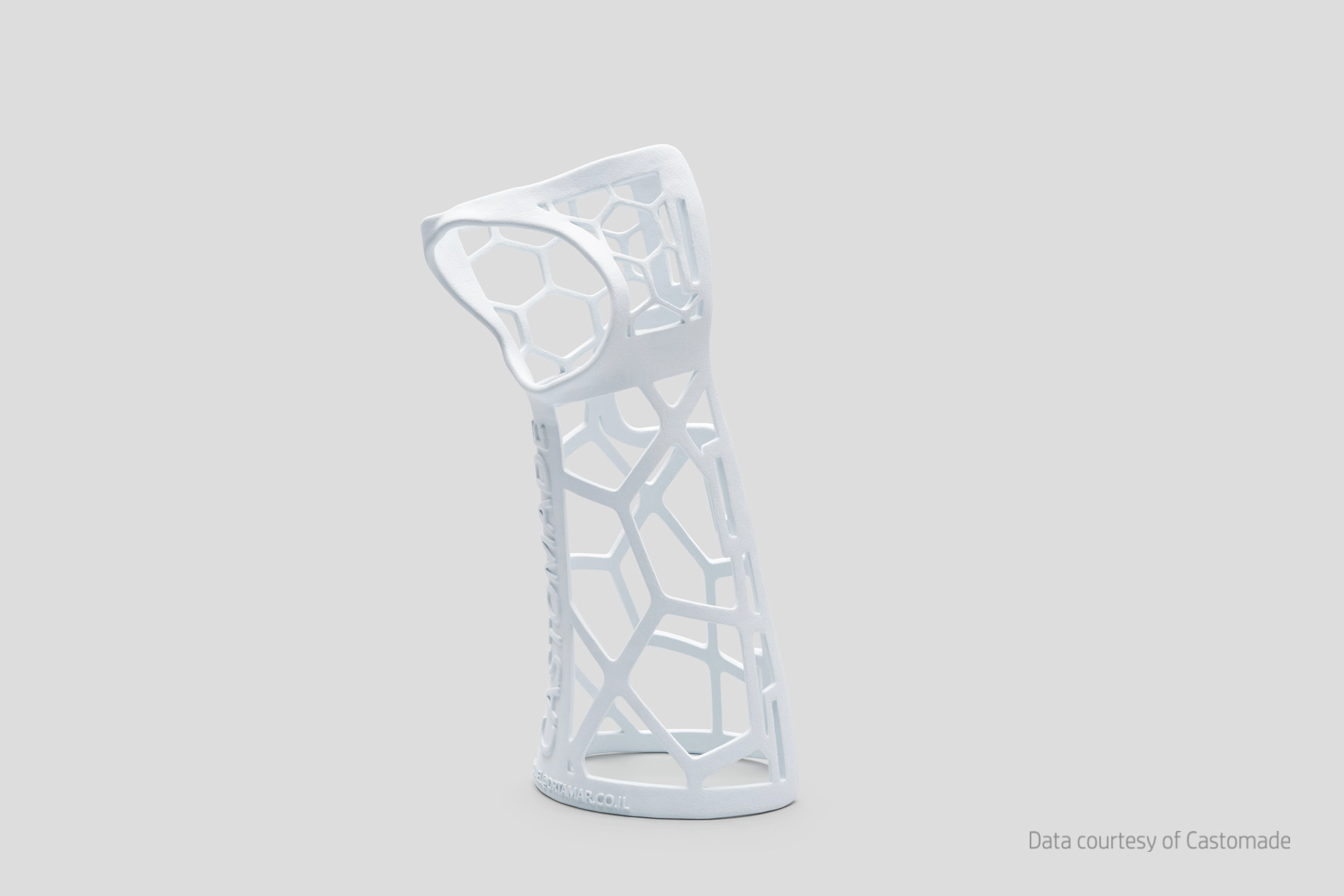
Photo courtesy of Castomade

